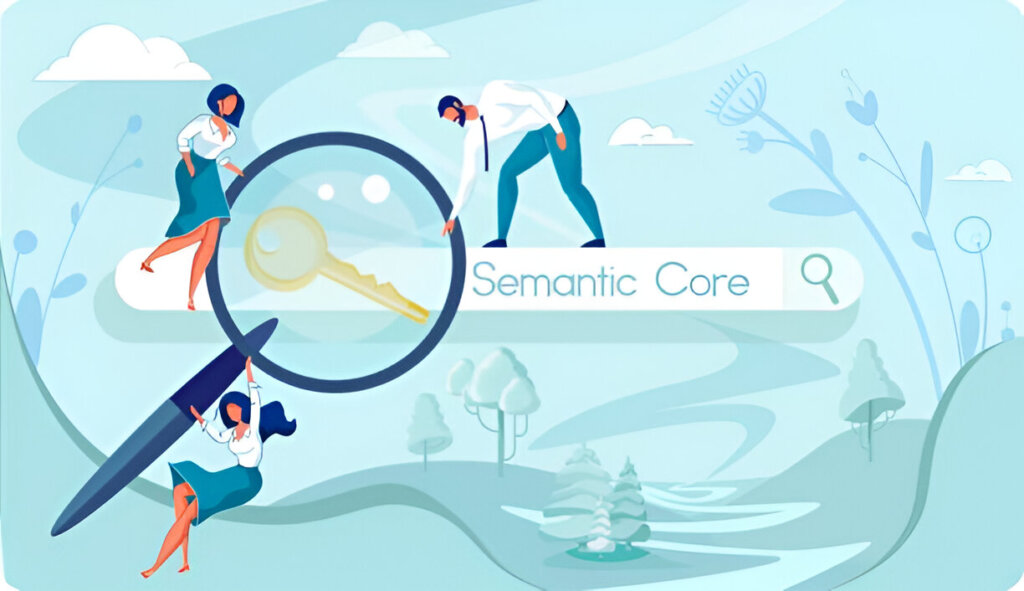
Semantic seo & Search engine optimization (SEO) has estimate dramatically inordinately the years. From keyword stuffing and backlink spam to sophisticated AI-driven algorithms, search engines like Google now prioritize user intent, context, and semantic relationships over exact-match keywords.
With the rise of BERT, MUM, and Helpful Content updates, traditional SEO tactics are no longer sufficient. Instead, Semantic SEO has emerged as the most effective way to rank higher and drive organic traffic.
1. What is Semantic SEO?
Semantic SEO is an advanced approach to search optimization that focuses on meaning, context, and user intent rather than just keywords. It involves structuring content in a way that search engines can understand topics, entities, and relationships between concepts.
Why Semantic SEO Matters Now More Than Ever
- Google’s algorithms now rely on Natural Language Processing (NLP) to interpret queries.
- Voice search and conversational AI (like ChatGPT) demand more natural, context-aware content.
- Search engines reward comprehensive, authoritative content that answers user questions thoroughly.
Semantic SEO vs. Traditional SEO
| Aspect | Traditional SEO | Semantic SEO |
|---|---|---|
| Focus | Exact-match keywords | Topics & intent |
| Content Structure | Keyword density | Entity-based, natural language |
| Backlinks | Quantity-focused | Authority & relevance |
| Ranking Factor | Meta tags, exact keywords | Context, related terms, user engagement |
Semantic SEO ensures your content aligns with how people search and how Google understands content.
2. How Search Algorithms Have Evolved (BERT, MUM, RankBrain)
Google’s algorithms have stitted from keyword duplicate to understanding meaning. Here’s how:
A. RankBrain (2015) – Machine Learning for Query Interpretation
- Uses AI to interpret ambiguous queries.
- Ranks pages based on user behavior (dwell time, bounce rate).
- Rewards content that matches searcher intent.
B. BERT (2019) – Understanding Natural Language
- Bidirectional Encoder Representations from Transformers (BERT) helps Google understand context in long-tail queries.
- Focuses on prepositions, nuances, and conversational search.
- Example:
- Old SEO: “best coffee shops near me”
- Semantic SEO: “Where can I find a cozy coffee shop with free Wi-Fi?”
C. MUM (2021) – Multitask Unified Model
- Multimodal understanding (text, images, videos).
- Cross-language search capabilities.
- Enables complex, multi-intent queries (e.g., “Plan a week-long trip to Japan, including hiking and sushi-making classes”).
D. Friendly Content Update (2022-2025) – Prioritizing User-First Content
- Penalizes low-quality, AI-spun, or keyword-stuffed content.
- Rewards expertise, depth, and usefulness.
These values make Semantic SEO essential for ranking in 2025.
3. Key Components of Semantic SEO
To succeed with Semantic SEO, focus on these core elements:
A. Topic Clusters & Pillar Content
- Pillar page: A comprehensive guide on a broad topic (e.g., “Complete Guide to SEO”).
- Cluster content: Related subtopics (e.g., “On-Page SEO,” “Technical SEO,” “Backlink Strategies”).
- Helps Google understand content depth and relevance.
B. Entity-Based Optimization
- Entities are targeted-world objects (humanity, places, things) that Google recognizes.
- Use structured data (Schema markup) to define entities.
- Example:
- Instead of just “best smartphones,” mention brands, models, and features (e.g., “iPhone 15 vs. Samsung Galaxy S24 camera comparison”).
C. Cybermetics Language & Latent Semantic Indexing (LSI) Keywords
- LSI keywords are contextually related terms (e.g., for “vegan diet,” LSI keywords include “plant-based,” “cruelty-free,” “nutritional benefits”).
- Tools like LSI Graph, SEMrush, and Clearscope help identify these terms.
D. User Intent Optimization
Google classifies intent into four categories:
- Informational (“How to fix a leaky faucet”)
- Navigational (“Facebook login page”)
- Commercial (“Best DSLR cameras 2024”)
- Transactional (“Buy iPhone 15 Pro Max”)
Match your content to the correct intent for higher rankings.
E. Structured Data & Schema Markup
- Helps search engines understand your content better.
- Types of Schema markup:
- Article (for blogs/news)
- FAQ (for question-based content)
- Product (for eCommerce)
- How-to (for tutorials)
4. How to Implement Semantic SEO in 2025
Step 1: Conduct Semantic Keyword Research
- Use Google’s People Also Ask (PAA), Related Searches, and AnswerThePublic.
- Tools: Ahrefs, SEMrush, SurferSEO.
Step 2: Create Topic Clusters
- Growth a pillar page and link to cluster content.
- Example:
- Pillar: “Digital Marketing Guide”
- Clusters: “SEO Tips,” “Social Media Strategies,” “Email Marketing Best Practices”
Step 3) Optimize for Entities & Context
- Mention brands, locations, and related concepts.
- Example:
- Weak: “Best laptops for students”
- Powerfull: “Best budget laptops for scoller students in 2024: Dell vs. HP vs. MacBook Air”
Step 4) Use Natural Language & LSI Keywords
- Write conversationally (like answering a friend’s question).
- Include variations and related terms.
Step 5) Leverage Structured Data
- Implement Schema markup for rich snippets.
- Test with Google’s Rich Results Test.
Step 6) Improve Content Depth & E-A-T (Expertise, Authoritativeness, Trustworthiness)
- Implement Schema markup for rich snippets.
- Test with Google’s Rich Results Test.
- Cite credible sources.
- Add author bios, credentials, and testimonials.
5. Tools for Semantic SEO
| Tool | Purpose |
|---|---|
| Google NLP API | Analyzes text for entities & sentiment |
| Clearscope | Content optimization with semantic keywords |
| SEMrush | Keyword research & topic clustering |
| SurferSEO | AI-driven content optimization |
| Schema.org | Structured data markup generator |
6. Future Trends in Semantic Search
- AI-Generated Content & Semantic Understanding (ChatGPT integration in search).
- Voice & Visual Search is Blueprint (optimizing for spoken queries).
- Zero-Click Searches (featured snippets, Knowledge Graph).
- Personalized Semantic Search (user behavior-based rankings).
Conclusion
Semantic SEO is no longer optional—it’s a necessity. With Google’s AI-driven algorithms (BERT, MUM, RankBrain), optimizing for meaning, context, and user intent is the key to ranking higher.
By implementing topic clusters, entity optimization, natural language, and structured data, you can future-proof your SEO strategy.
Ready to dominate search rankings? Start applying Semantic SEO today!